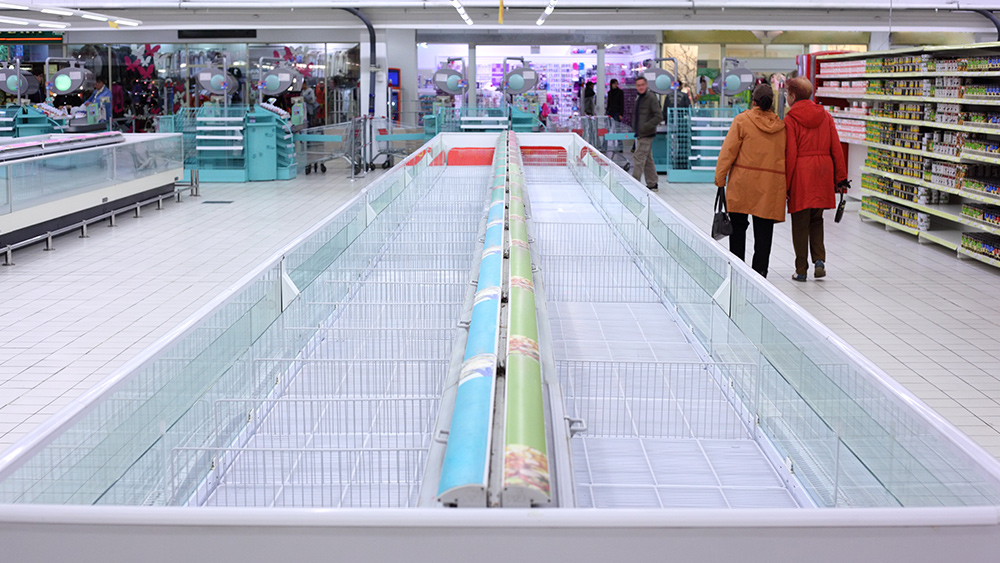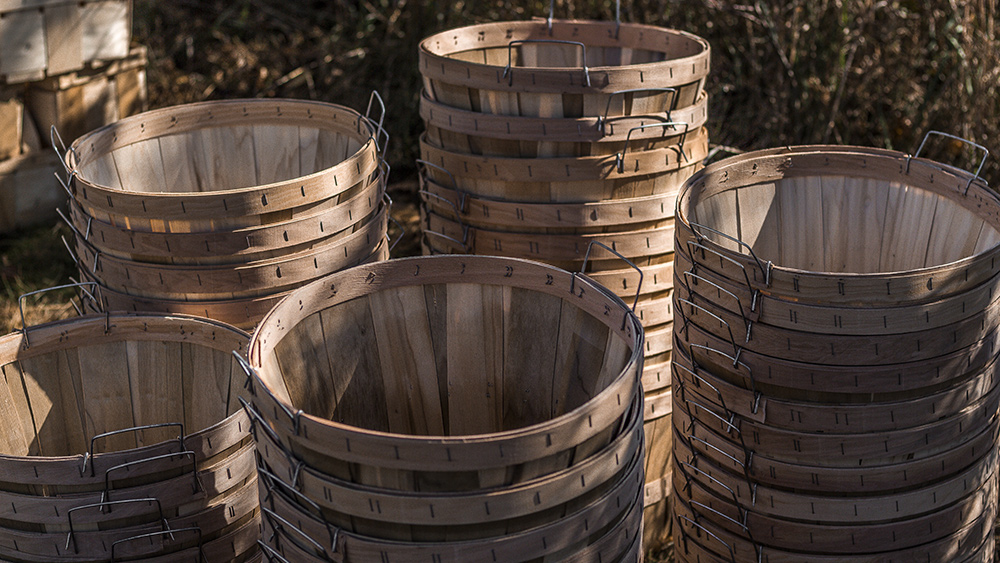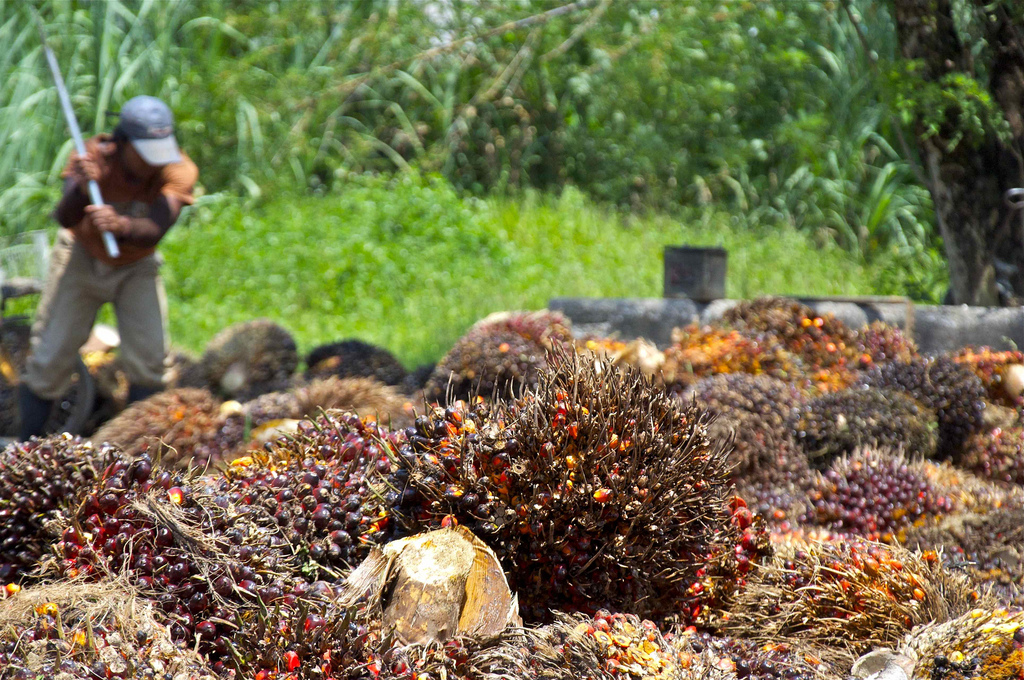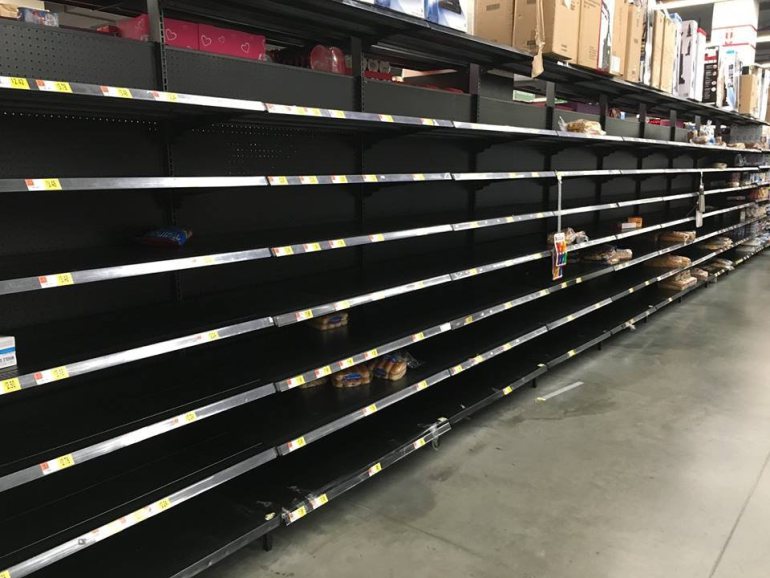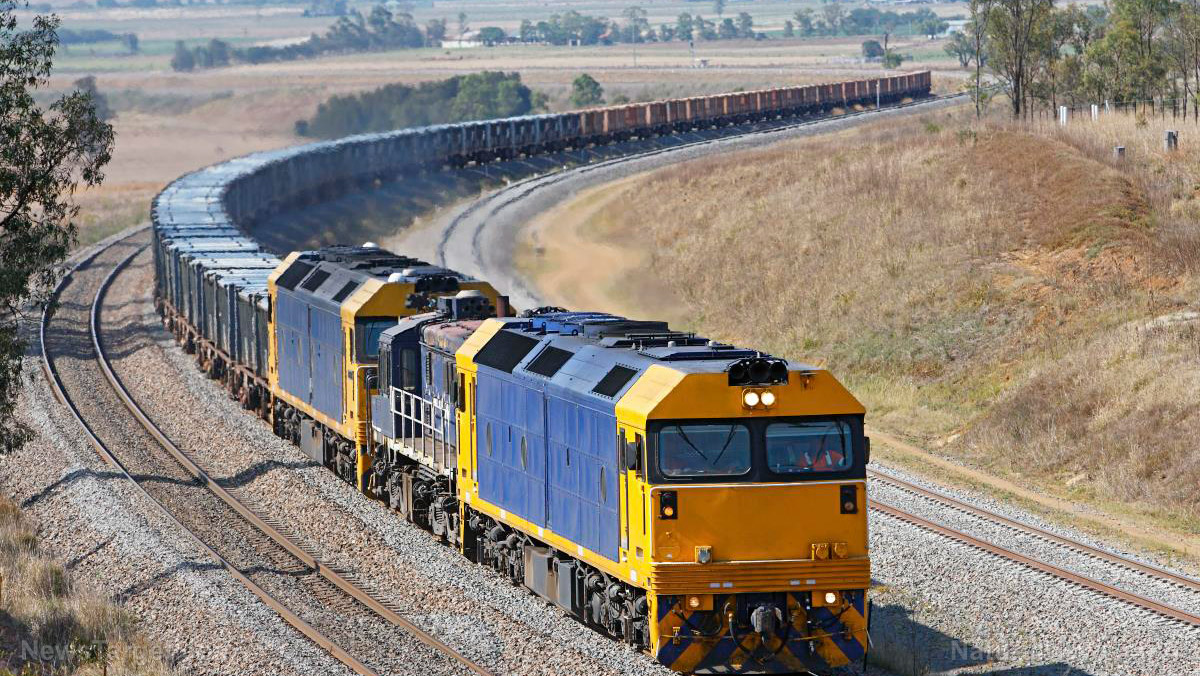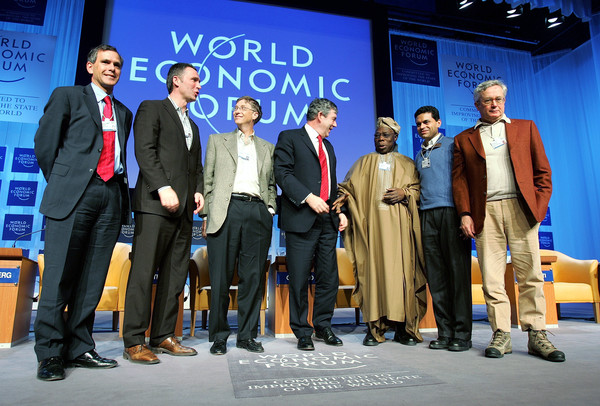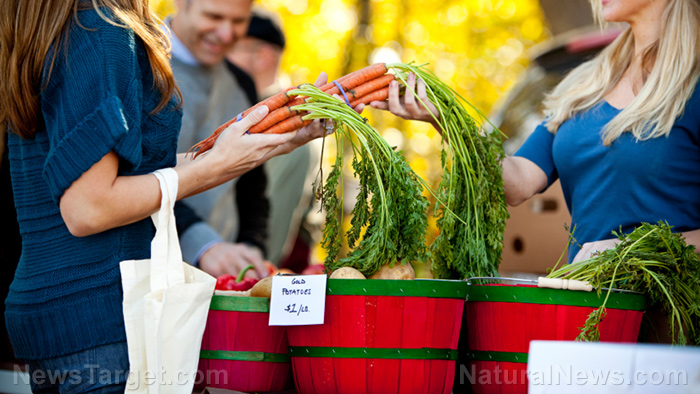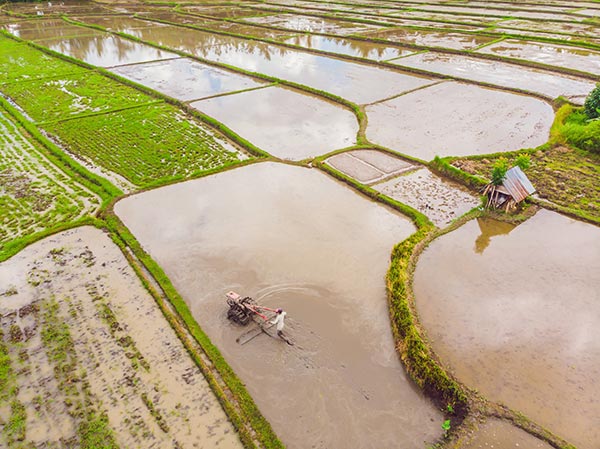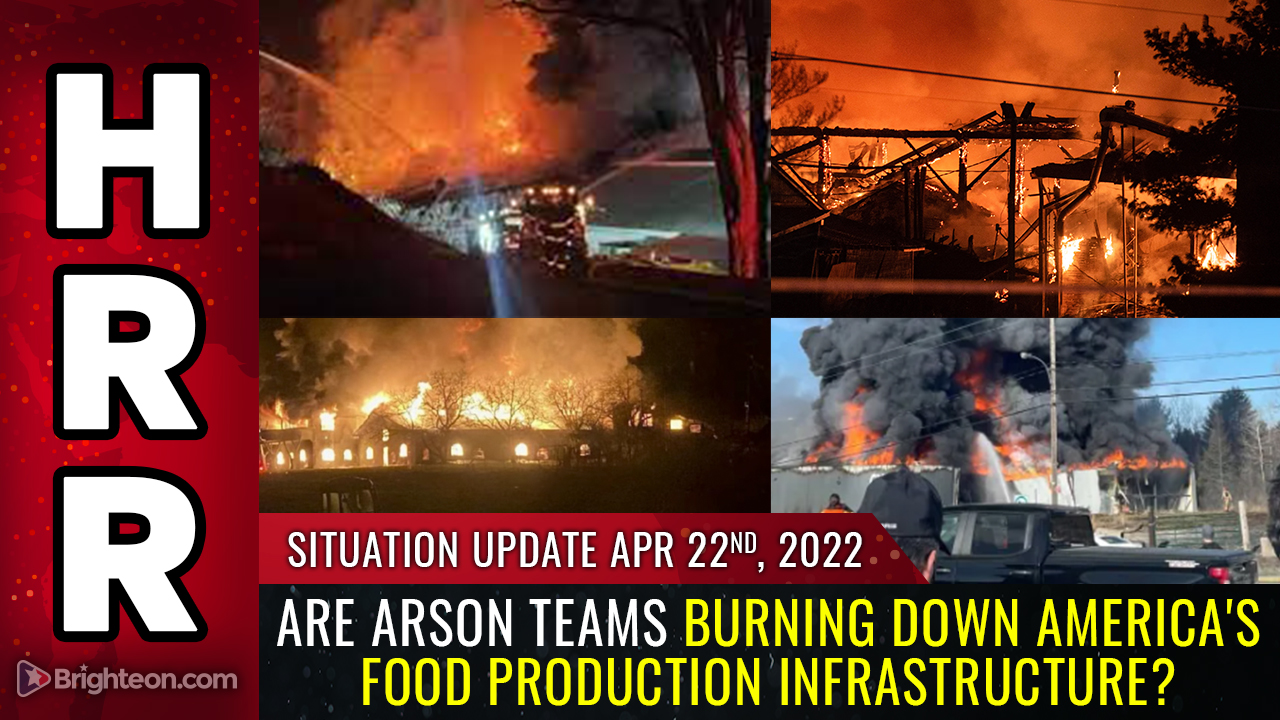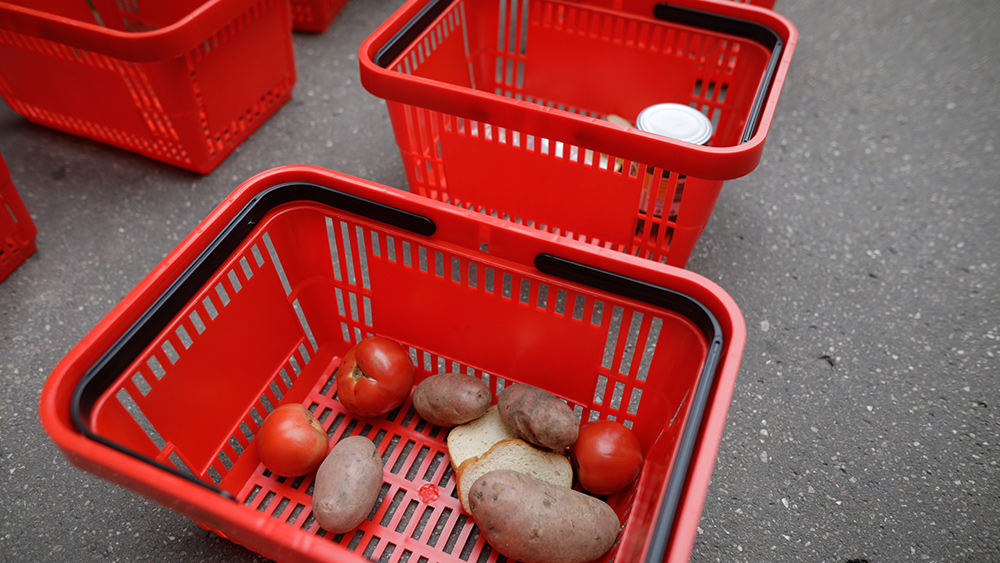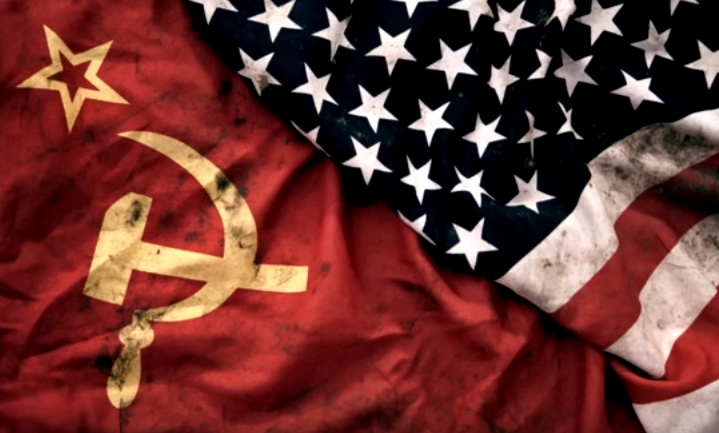Rice production could plunge by 10% due to rising fertilizer prices, threatening half a billion people
04/21/2022 / By Arsenio Toledo

Soaring fertilizer prices all over the world are affecting rice farmers across Asia, threatening to shrink global rice production by as much as 10 percent.
Nine out of the 10 top rice-producing countries can be found in Asia, and five of those countries are in Southeast Asia, which itself accounts for around 30 percent of global rice production. The recent global economic crises have threatened the upcoming harvest, and many farmers from India, Vietnam and the Philippines are worried they won’t be able to plant as much rice as last season.
If the upcoming rice season’s harvest shrank by 10 percent, that would equate to about 36 million tons of rice, which could feed around 500 million people.
Worse yet, this is a “very conservative estimate,” according to Humnath Bhandari, a senior agricultural economist at the International Rice Research Institute. He believes the impact could be far more severe if the economic sanctions imposed upon Russia and Belarus – two of the world’s largest exporters of fertilizer – were to remain in place. (Related: The longer the Ukraine conflict drags on, the higher the likelihood it will trigger a GLOBAL FOOD CRISIS.)
The price of fertilizer has been rising for months now due to supply snags and production woes. The recent Russian invasion of Ukraine, and the subsequent Western-led sanctions against both Russia and Belarus, have made the situation even worse. Both countries are major suppliers of almost every major type of fertilizer used worldwide.
The surge in fertilizer costs resulting from the sudden disappearance of Russian and Belarusian fertilizer exports is threatening to worsen food inflation. If crop yields suffer as a result of this, global supply chains are likely to take a major hit.
“Practically every plate of food makes it to the dinner table with the help of fertilizers,” noted Bloomberg journalists Pratik Parija, Mai Ngoc Chau and Ditas Lopez.
Livelihoods of rice farmers all over Asia threatened by surging fertilizer costs
The price of rice, unlike wheat and corn, has not increased throughout the recent economic crises due to ample production and existing global stockpiles of rice. In fact, the price of rice has gone down.
This means that, while consumers can still purchase enough rice for their consumption, rice producers have to deal with inflated costs and shrinking margins for their harvests.
Nguyen Binh Phong, the owner of a store that sells pesticide and fertilizer in Vietnam’s southern Kien Giang province, said the cost of a 50 kilogram (110 pounds) sack of urea fertilizer has increased threefold in the past year alone. This has forced many of his clients to slash fertilizer use by 10 to 20 percent.
“When the farmers cut fertilizer use, they accept that they will get lower profit,” he said.
Somashekhar Rao, a farmer in the south-central Indian state of Telangana, said he has struggled to grow enough rice on his 25-acre plot of land due to the increased cost of fertilizer. He is expecting his coming yields to shrink by five to 10 percent because of his inability to procure enough fertilizer.
Given the importance of rice as a staple food all over South, East and Southeast Asia, governments all over these regions are trying to do what they can to keep prices under control, such as through fertilizer subsidies intended to keep yields from shrinking.
India, which relies heavily on fertilizer imports, is set to spend around $20 billion in fertilizer subsidies to shield farmers from higher prices, up from $14 billion budgeted for subsidies in February.
India is the world’s second-largest producer of rice, producing nearly 160 million tons of rice in 2016. It is one of the main exporters of rice to countries like Nepal, Bangladesh, Saudi Arabia and Iran.
According to the International Rice Research Institute, some farmers are responding to the surge in fertilizer prices by curtailing fertilizer use. Overuse of chemical fertilizers is rampant in the region, and farmers have been incentivized to use their resources more efficiently. Many farmers working with the institute are combining their chemical fertilizers with organic alternatives to maintain yields, leading to improving soil health.
But these steps will still take time to implement, and farmers all over Asia will still have to deal with high inflation for some time. The rice institute even warns that the hardest days are yet to come.
“If this continues, then it’s inevitable that prices will keep going up,” said Bhandari. “It has to be reflected somewhere.”
Listen to this episode of the “Health Ranger Report” podcast as Mike Adams, the Health Ranger, talks about how the engineered food collapse in America is now targeting fertilizer shipments.
This video is from the Health Ranger Report channel on Brighteon.com.
More related stories:
Global food prices surge to record highs; FAO warns of possible famine all over the world.
Ukraine farmers unable to work on their fields due to war, increasing fears of global food shortages.
Global fertilizer supplies continue to shrink as Russian exports vanish.
Global food shortage caused by war in Ukraine serves globalist Great Reset agenda.
Sources include:
Submit a correction >>
Tagged Under:
chaos, Collapse, crops, fertilizer, fertilizer prices, food collapse, food inflation, food production, food supply, harvest, Inflation, panic, products, rice, rice production, Russia, starvation, supply chain, Ukraine war
This article may contain statements that reflect the opinion of the author
RECENT NEWS & ARTICLES
COPYRIGHT © 2017 FOOD COLLAPSE

